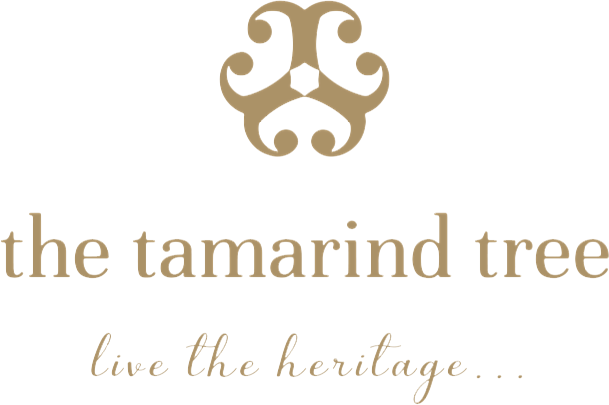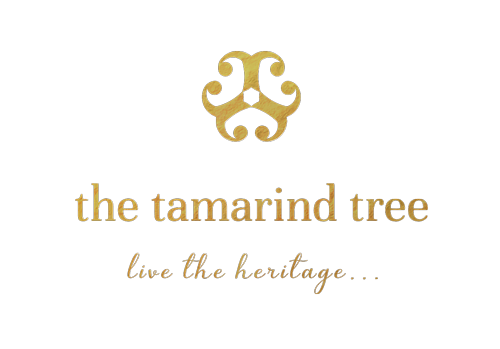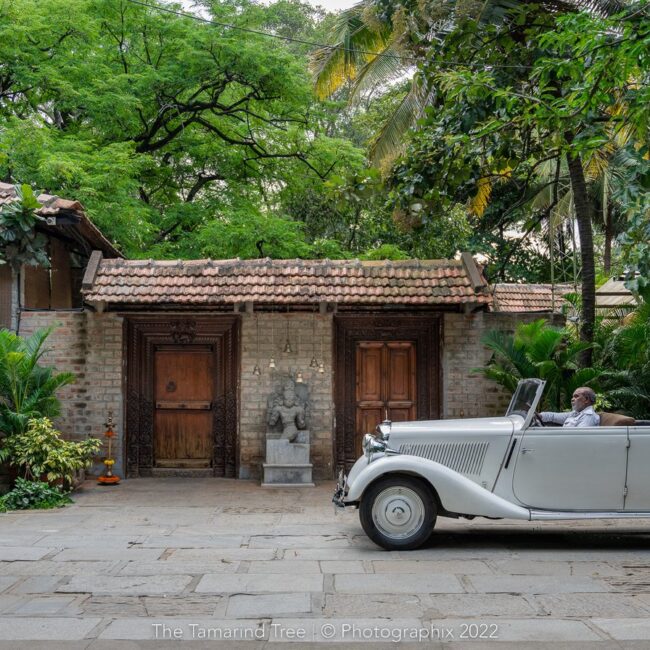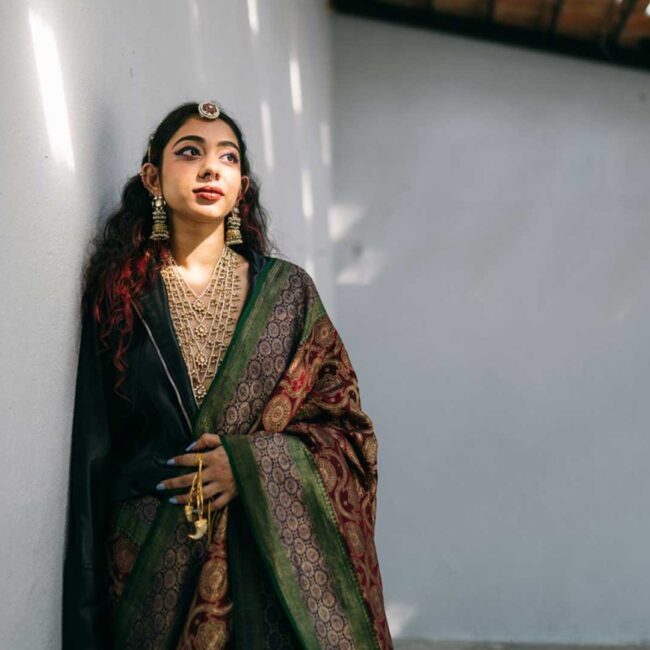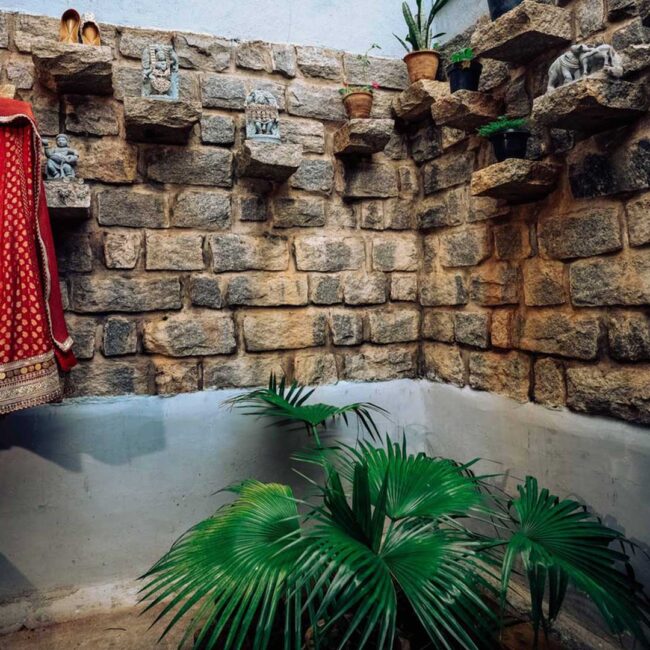An Indian wedding is never complete without gold, in metal and in colour. The use of yellow or gold can be seen across the many aspects of an Indian wedding like jewellery, decor, clothing and even rituals. One of the most important ritual that marks the beginning of any Indian wedding is the haldi ceremony, where a paste made of haldi is applied to the bride and groom by the members of the family, kickstarting the wedding process.
The cultural significance of this ceremony
Turmeric has been known for its many healing properties. Its an anti-inflammatory, anti-bacterial, antiseptic and anti-stressor all at once. Turmeric is also known for its beautification properties inside and out, making it an impartial choice of ingredient in many face masks, beauty creams and health drinks.
In many Indian cultures, turmeric is also believed to ward off evils of any sort and hence has a complete ritual dedicated to “haldi” during weddings. It takes place a day before the wedding to calm the nerves, the ward off evil and as a finishing beautification touch for the bride and groom.
The shade of yellow purifies the souls


Weddings are a bond of love and commitment, and to start this new life the couple must be free and pure from all their evils, past, present and future.
This is done to secure the bond between the couple. The yellow shade is believed to purify the soul, and is applied on the forehead famously called the tilak or tikka. The pressure applied at this point helps relief the mind, while the purificating properties of turmeric acts as a soul cleanser, putting the couple on a pedestal to their new life.
Elimination of evil around by purifying the surroundings
It is believed that the use of turmeric removes bad omen. Going by the belief, turmeric paste is applied to the bride and groom before the wedding to wade of any evil spirits in thier surroundings so that they can start their new life in a purified manner. The belief may sound superstitious in this era, but its goes down centuries and hence is still a significant one.
A fun way of mingling with the family and giving blessings


The haldi ceremony is the coming together of near and far ones, and also the young to old. The younger cousins have fun playing with the turmeric with some teasing going on, while the older relatives offer their blessings to the bride and groom while applying the paste. It’s a mix of these activities that makes this ceremony a fun affair.
Acts as an ice-breaker for both the parties



A wedding is a coming together of distant friends and family, some of whom you haven’t met in years. It’s not wrong to say that the thought of attending to so many well wishers on your big day can be overwhelming, to a point where nervousness starts to get the better of you. Haldi paste, with its soothing smell and nourishing properties tends to take away the stress from the mind, gives you an instant glow while releasing stress with its antioxidant properties.
Gives way to glowing skin
 They say a glowing bride or groom are a happy bride and groom. But sometimes the stress can get to you and the mainy back to back rituals can take a toll on your skin. With its many beautifying properties, turmeric paste is said to get back the lustre of the skin and gives the bride her much needed golden glow! It’s also the safest way to keep any last moment pimple or acne from getting in your way.
They say a glowing bride or groom are a happy bride and groom. But sometimes the stress can get to you and the mainy back to back rituals can take a toll on your skin. With its many beautifying properties, turmeric paste is said to get back the lustre of the skin and gives the bride her much needed golden glow! It’s also the safest way to keep any last moment pimple or acne from getting in your way.

Helps in curbing the pre-wedding jitters


Curcumin is an active compound in turmeric that acts as a natural to calm down stress, ankiety, headaches and other experiences one may feel during their wedding. It calms the nerves and releases one from their jitters.
Haldi Ceremony in Various Cultures
The ceremony of Haldi is celebrated in almost all Indian cultures. They are known by different names in different cultures. The custom is such that the groom’s family visits the bride’s home with some gifts, sweets, jewellery, clothes and the haldi paste to be applied. It is the same at the groom’s place where the bride’s family gives the groom the haldi paste and more gifts.
In the Bengali culture, it is called “Gaye Holud” which translates to turmeric yellow on the body. The Marwaris observe this ceremony by the name “Tel Baan”. The ritual is slightly different as they have seven different ingredients placed in seven clay bowls like turmeric, mustard seeds, oil, curd, salt, henna, and vermillion, which is then applied to the bride and groom by married couples by dipping grass in each bowl. Tel Baan is double process where the application from bottom to top is called Tel Chadana and from top to bottom is known as Tel Uttarna.
In Gujarat, it is called “Pithi” and takes place either on the day of the wedding or one prior. The Marathis call the same by the name of “Halad Chadawat”, where, according to custom, the paste is first applied to the groom and the leftover paste is then applied to the bride. In Andhra Pradesh, “Pellikuthuru” is what the Haldi ceremony of Telegites is called as.
In some of the southern states of India, haldi sticks or “Arishinada Kombu” are powdered in a ceremony and then used to make a paste which is applied on the bride and groom.
